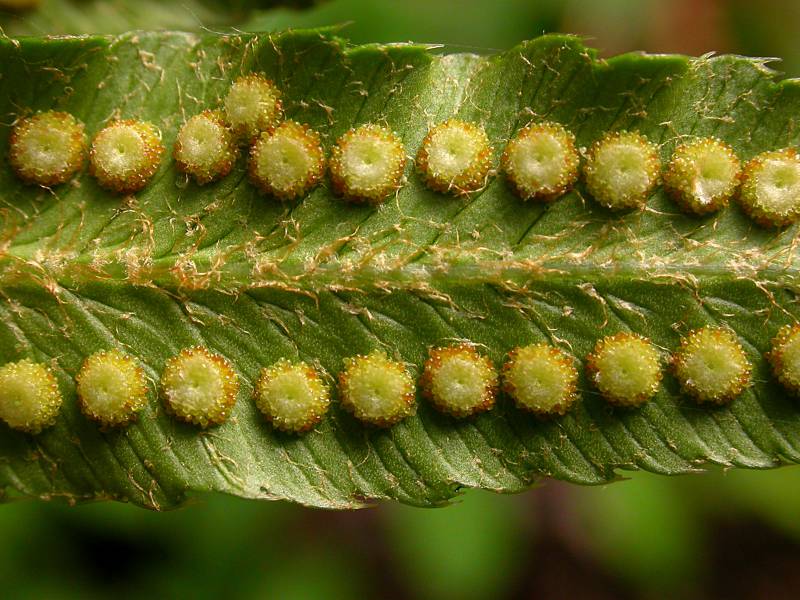Hosted by the University of Washington Herbarium, Burke Museum
Publication: Tent. Pterid. 83. 1836.
Origin: Native
Herbarium search: CPNWH
Notes: FNA2: "Polystichum munitum appears to be most closely related to P . imbricans based on morphologic (D. H. Wagner 1979) and electrophoretic (P. S. Soltis et al. 1990) analyses. The chloroplast DNA of P . imbricans , however, is divergent (G. Yatskievych et al. 1988), suggesting a chloroplast origin independent of the nuclear genome. That Polystichum munitum is related to P . acrostichoides is supported by data from chloroplast DNA analysis (G. Yatskievych et al. 1988) but contradicted by data from electrophoretic studies (P. S. Soltis et al. 1990).
Polystichum munitum can be distinguished from P . imbricans by its persistent, wide (the largest wider than 1 mm) distal petiolar scales; such scales of P . imbricans are less than 1 mm wide and fall off early.
From an evolutionary standpoint, Polystichum munitum is a diploid progenitor of P . andersonii , P . californicum , P . setigerum , and, perhaps, P . scopulinum . Hybrids with all except P . setigerum have been reported, all triploid, attesting to its parental role in the tetraploids (see discussion under each). Hybrids with P . braunii (A. Sleep and T. Reichstein 1967), P . kruckebergii (P. S. Soltis et al. 1987), P . dudleyi (W. H. Wagner Jr. 1973), and P . lemmonii (P. S. Soltis et al. 1989) also have been reported."
Last updated 6/28/2023 by David Giblin.

